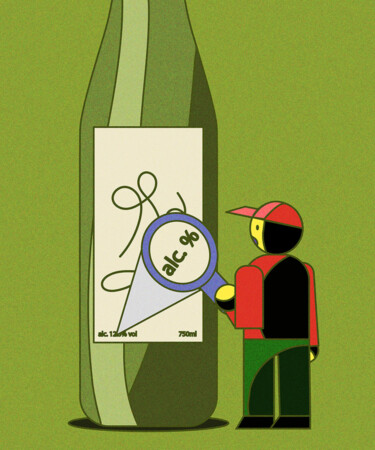Riesling is one of the wine world’s most versatile grapes. Its styles span from dry to off-dry to full-on dessert wine. Heck, there are even great sparkling and skin-contact expressions of the grape. Unfortunately, Riesling’s range hasn’t always worked to its advantage, as some drinkers who shy away from residual sugar tend to avoid the grape altogether in fear of coming across a saccharine bottle.
If you ask a sommelier the most common request from guests, they’ll likely tell you that most diners are seeking a “dry” option or a bottle that “isn’t too sweet.” And for those dedicated to crisp and dry white wines, it can be difficult to decipher which Rieslings will fit their preference — especially if a bottle is from Germany. While wines from regions like the Finger Lakes or Australia might indicate their palate with “dry” or “off-dry” clearly written on their labels, the German labeling system requires some serious studying to understand. Without a wine certification or deep knowledge of the German language — Trocken, Kabinett, Spätlese, Auslese, Beerenauslese, etc. — there’s a lot to remember, and these titles can seem overwhelming on shop shelves. That’s why we’re sharing a quick trick that can make it way easier to determine which Rieslings are almost guaranteed to be dry, without having to rigorously memorize the country’s wine law.
With this method, you can ignore all of the long words on the front label and turn the bottle around to glance at the ABV. Yes, the simplest way to test whether a bottle is dry or sweet on the spot is to examine the wine’s alcohol percentage.
When a wine is fermented, the yeast converts the grapes’ natural sugars to alcohol. So in Riesling, a lower ABV means that not all of the grape juice’s sugar was turned into alcohol, indicating there’s still some residual sugar left in the wine. Sweet Rieslings typically have a lower ABV in the 8– to 10–percent range, whereas dry Rieslings can be found in the 12– to 14–percent range. That means the tipping point is usually around 11 percent ABV.
So, the next time you’re staring at a wall of German Rieslings, there’s no need to pull out a translation app — it’s just a simple numbers game.
*Image retrieved from barmalini via stock.adobe.com
